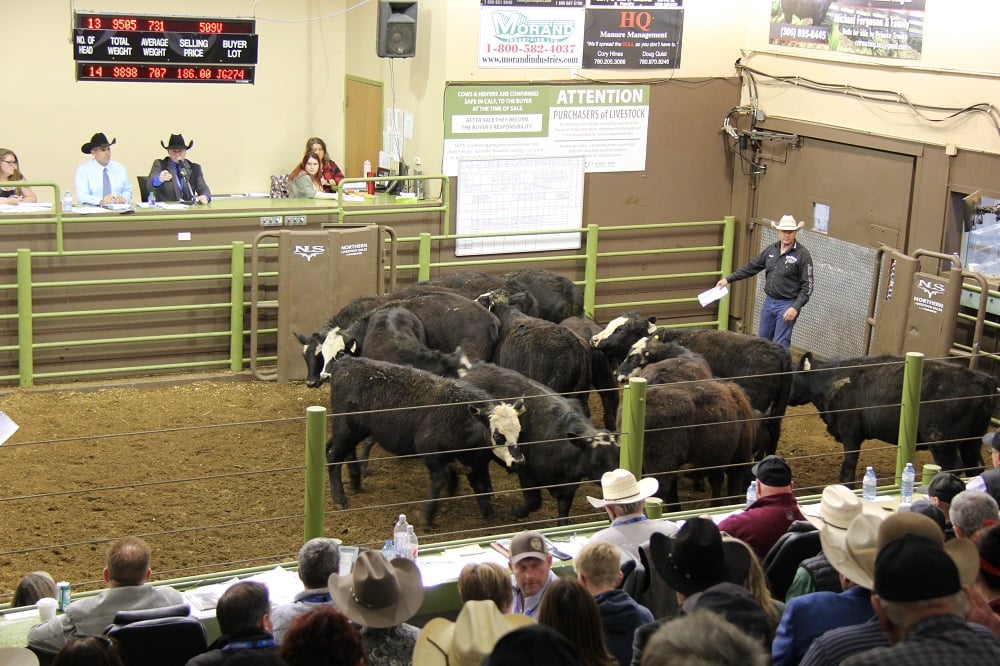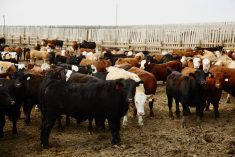Fed cattle
Carcass weights are up and pickup times stretched which generally means packers are secure in their inventories, however increased U.S. interest coupled with manageable fed supplies should lend support to the cash market. The basis should follow seasonal trends and tighten toward the end of the year as wholesalers look towards holiday needs in December. If the Canadian dollar stays at par or below it should maintain U.S. interest and support the local market in November and December. The biggest risks to the market are Canadian dollar uncertainty and the instability of global markets.
Read Also

Cattle Market Summary
Break-evens, cow and calf prices, plus market summaries courtesy of Canfax and Beef Farmers of Ontario. Cost of Production May…
Feeder cattle
Corn prices dropped slightly when the harvest was in full swing, but the potential for higher prices on barley and U.S. corn continue to be a risk for the remainder of the fall run. As the end of the yearlings trickle in prices will remain strong on this class of cattle. And the increased interest in replacement- type heifers is expected to hold as good feeder calf prices generally trigger consolidation and growth phases in the cycle. Feeder prices may see a slight seasonal decline based mostly on quality however the demand to fill pens will remain strong, buoyed by live cattle futures that provide risk management opportunities, overall optimism and the shrinking supplies due to this year s smaller calf crop.
Non-fed cattle
Higher cow numbers are expected over the next few weeks as producers wean and cull their herds. Good forage stocks may keep some cows at home to put on added pounds and improve the grade but for the most part greater numbers will be coming to the town. Cow prices typically come under pressure through the fall and 2011 should be no different, however prices should hold comfortably above year-ago levels as the overall supply will be tighter.














